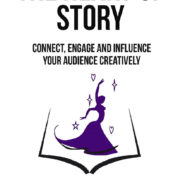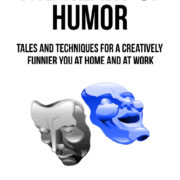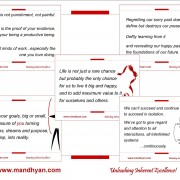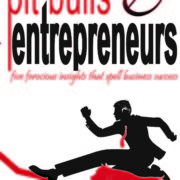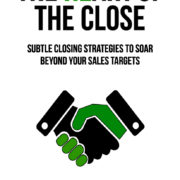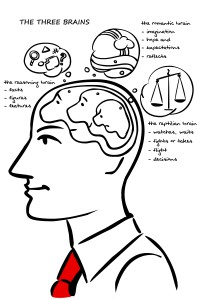Stories as Strategies for Selling and Marketing:the HeART of STORY
Ever since the first salesperson stood up on a soapbox and plugged away the scripted benefits of a heal-all, cure-all and save-all snake oil, people have become wary of commercials. They are tired of producers and salespersons pushing new products with added features in their faces. Commercials have not just invaded our homes through magazine, radio, and TV ads; they have also appeared on our dinner place-mats, sports arenas, and our hand-held devices and phones. A former actor-comedian John Cleese, now a professor of creativity and marketing, claims marketing professionals are aware that 70-80% of their commercials and advertisements have no direct impact on sales. Yet, according to him, marketing and advertising professionals continue plaguing the world with commercials for the sake of keeping their industry alive.

Connect, Engage and Influence your World Creatively!
The same is true about other forms of direct selling, whether to individual customers or large businesses. Salespeople keep on making linear, unidirectional, hackneyed presentations about how useful, and beneficial their products are without being concerned if all the noise they make with their flyer distributions, PowerPoint presentations, and product demonstrations make any impact at all. The truth is buyers do not buy when they are told to or sold to. They buy when their minds, memories, and emotions do a pivot upon hearing a story. It is a story that reaches out and touches them, and it is that story that engages them and turns their hearts around.
A very simple example might be that of a salesperson talking about how good the location, the construction, the price, and the potential appreciation of a piece of property is. The same salesperson becomes amazingly more effective when he explains how the former owner, Mrs. Anderson, personally supervised the construction of the place. He can follow with another story about how the present price–much lower than the current market value– helped Mr. Smith sell his property down the street with a whopping 25% gain within a year of having purchased it.
The whole tenet of wrapping real, valuable truth in the colorful images of a story promotes the truth easily and happily. The stories, of course, must be relevantly parallel and put across a simple, honest truth—buying the product makes good sense.
So, next time on site visit to one of your properties:
- Dig through the history of the property and the people that used to live there.
- Who were they? What was their life like? What experiences did they have in that house?
- Chose the happy, productive and life-changing events that occurred in that house.
- Tell those stories to the new, potential owners.
- Back up the story with the numbers and paint a picture of a happy future they can have in that home.
For more such ideas and insights to hone up your influencing skills take up storytelling as a hobby and a practice.
Here’s the book Amazon: the HeART of STORY

